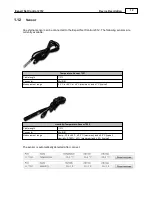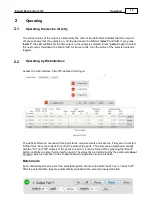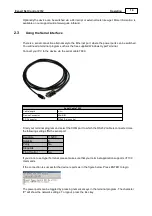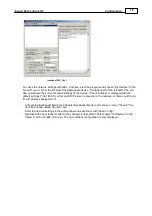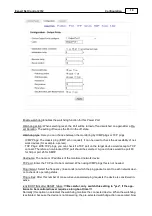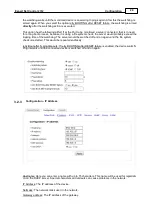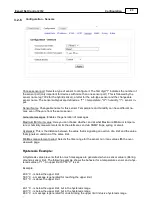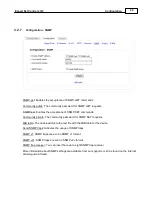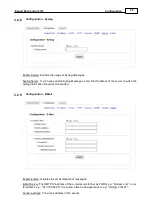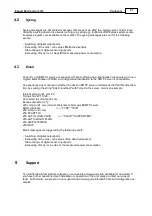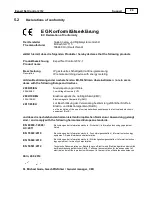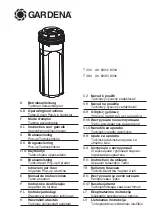
26
Expert Net Control 2312
Configuration
Recipient address: The e-mail address of the recipient.
Enable authentification: Select this option if the e-mail server requires authentication.
Username: User name that is registered with the SMTP e-mail server.
Set new password: Enter the password for the login to the e-mail server.
Repeat password: Enter the password again to confirm it.
Protocols
4
SNMP
4.1
SNMP can be used to obtain status information via UDP (port 161). Supported SNMP commands
are:
·
GET
·
GETNEXT
·
GETBULK
·
SET
To query via SNMP you need a Network Management System, such as HP OpenView, OpenNMS,
Nagios, etc., or the command line tools of the Net-SNMP software.
SNMP-communities
SNMP authenticates requests by communities. A community is a string that acts like a password for a
read or a write SNMP access. Since these passwords are sent unencrypted and are easily intercep-
ted with IP sniffers, it is recommended to use a safe network structure (DMZ) when security is requi-
red.
MIB
The values ?
?
that can be read from the device or changed, the so-called "Managed Objects", are des-
cribed in Management Information Bases (MIBs). The MIB table is build of substructures that are cal-
led OIDs (Object Identifiers). An OID number indicates the location of a value within the MIB tree.
Each OID may alternatively be referred to with its symbol name (subtree name).
SNMP Traps
SNMP Traps are system messages that are sent via the SNMP protocol to different recipients. SNMP
traps are triggered by the following events:
·
Switching of digital output ports
·
Exceeding of the max / min values ?
?
of attached sensors
·
State change of digital sensor input
·
Exceeding of max / min values ?
?
of the measured power consumption

